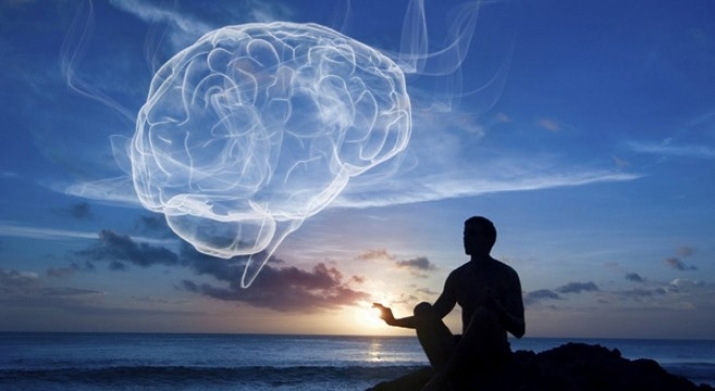NEWS
Psychologist Dr. Rick Hanson Examines the Science of Enlightenment
 From feelguide.com
From feelguide.comPsychologist and best-selling author of Hardwiring Happiness and Buddha’s Brain Dr. Rick Hanson believes he has broken down the science behind what Buddhists refer to as “enlightenment,” perhaps offering an insight into, and a methodology for replicating, what goes on inside the brain of an enlightened being—a Buddha.
“The word ‘Buddha’ just means ‘one who knows’ or ‘one who sees clearly,’ so we’re all capable of having a ‘Buddha brain’,” says Hanson. “Some of us will be more motivated to achieve it than others, just as some people will be more motivated to become great Olympians or football players, but it is achievable. Buddhist psychology maps the best to modern, Western science of any contemplative tradition, because it tends to be at bottom really quite secular. It’s not metaphysical—it’s direct experience based.” (RedOrbit)
Hanson notes that enlightenment needs to be clearly defined within this context. “The word enlightenment has two kinds of meaning. One is in an entirely secular frame. In the Buddhist tradition, it’s very psychological operationalized as a mind, a nervous system, that’s no longer capable of any kind of sustained greed, hatred or delusion,” he says. (RedOrbit)
However, Hanson’s work goes beyond merely analyzing this state of mind. He is also confident that neuropsychology can offer a roadmap that allows people to experience it for themselves, observing, “Buddhism in its roots is very practical, very down-to-earth, and maps very well to modern neuropsychology.” (RedOrbit)
As a preliminary, Hanson offers a condensed overview of the hardware we use: “The brain is built like a house with three floors, from the bottom up: the reptilian brain stem is at the bottom. On top of that, beginning around 250 million years ago, we have the subcortex, which is loosely associated with the mammalian stage of evolution. And finally we have the primate level,” he says: the cerebral cortex, which is the most advanced division. (RedOrbit)
Deep within the temporal lobe are the two amygdalae, which handle emotional reactions and threat detection. It is this part of the brain that Hanson contends can be trained and developed. “Research shows that while very equanimous people are not numb or apathetic—they can be passionate about their football team or angry about injustice—their emotional responses can be controlled,” he says. “This is marked by the amygdala becoming increasingly regulated from the top down, in the cerebral cortex. The alarm bells don’t ring as readily or as loudly, and people recover more rapidly.” (RedOrbit)
To teach our own brains to do this, Hanson says what’s most important is “repeated internalization of positive emotions”—taking pleasure from simple things such as friendship and family, learning something new, or accomplishing a goal. Emotions related to the sublime, such as appreciating the night sky or communing with nature, also come into play. The next step, he says, is being mindful and present; observing and taking note when these positive emotions occur and recognizing them for what they are, which helps to regulate activity in the amygdalae. The same principle is applied to negative emotions and feelings.
The final Buddha-like quality we may seek to attain is a sense of connection with the world around us—a more complex and profound quality achieved when allocentric perceptual circuits in the brain give us an impersonal perspective on things instead of the all-too-commonly relied upon egocentric perspective. One way to develop this is to lift our gaze to the horizon or up to the sky more often during our day, which helps offer a broader perspective on things—both literally and figuratively.
Hanson adds the qualifier that it’s important to be clear on one’s purpose. “I think the Buddhism journey was motivated by a desire to be free from suffering, as well as emphasizing virtue and kindness.” To this end, Hanson practices what he calls “hit and run compassion,” in which a stranger on the street is secretly and silently wished well for a few seconds. (RedOrbit)
“It’s these little things that add up to big things. It’s not a magic cure, which is why it’s credible,” Hanson concludes. “For those who engage in some form of psychological practice and mental training, there is more and more evidence of an underlying neural signature for the results of the practice; an underlying change in the nervous system. People really can become more enlightened.” (RedOrbit)
See more
The neuroscience behind Buddhist enlightenment (RedOrbit)
Rick Hanson, Ph.D.
The Neurology of Awakening (YouTube)














